The Oppo Find X3 Neo is the middle entry in the company’s X series, slotted between the top-end X3 Pro and the X3 Lite. It features a 6.55-inch, 90-Hz FHD+ AMOLED display, Qualcomm’s 865 chipset with 5G support, and 12 GB of memory along with 256 GB of storage. There are four cameras on the back. The primary module uses a 50 MP Sony sensor. There’s also a dedicated tele-module that offers a 2x optical zoom. Both those cameras have the same specs as on the top-of-the-line Find X3 Pro. The Neo’s ultra-wide has to make do with a 16 MP sensor instead of the Pro’s 50 MP variant, though. There’s also a 2 MP wide-angle macro module for getting extra close to objects.
Read on to find out how the Find X3 Neo performs in our DXOMARK Camera tests.
Key camera specifications:
- Primary: 50 MP 1/1.56-inch sensor with 1 µm pixels, 24 mm-equivalent f/1.8 lens, OIS, PDAF, DOL-HDR
- Ultra-wide: 16 MP 1/3.09-inch sensor with 1 µm pixels, 14 mm-equivalent f/2.2 lens, 123° (14.1 mm measured) field of view fixed-focus lens
- Tele: 13 MP 1/3.4-inch sensor with 1 µm pixels, 52 mm-equivalent f/2.4 AF lens
- Macro: 2 MP 1/5-inch sensor with 1.75 µm pixels, 22 mm-equivalent f/2.4 fixed focus lens
- LED flash
- 2160p at 60/30 fps, 1080p at 60/30 fps, 720p at 60/30 fps (4K 30 fps tested)
About DXOMARK Camera tests: For scoring and analysis in our smartphone camera reviews, DXOMARK engineers capture and evaluate over 3000 test images and more than 2.5 hours of video both in controlled lab environments and in natural indoor and outdoor scenes, using the camera’s default settings. This article is designed to highlight the most important results of our testing. For more information about the DXOMARK Camera test protocol, click here. More details on how we score smartphone cameras are available here.
Test summary
Scoring
Sub-scores and attributes included in the calculations of the global score.
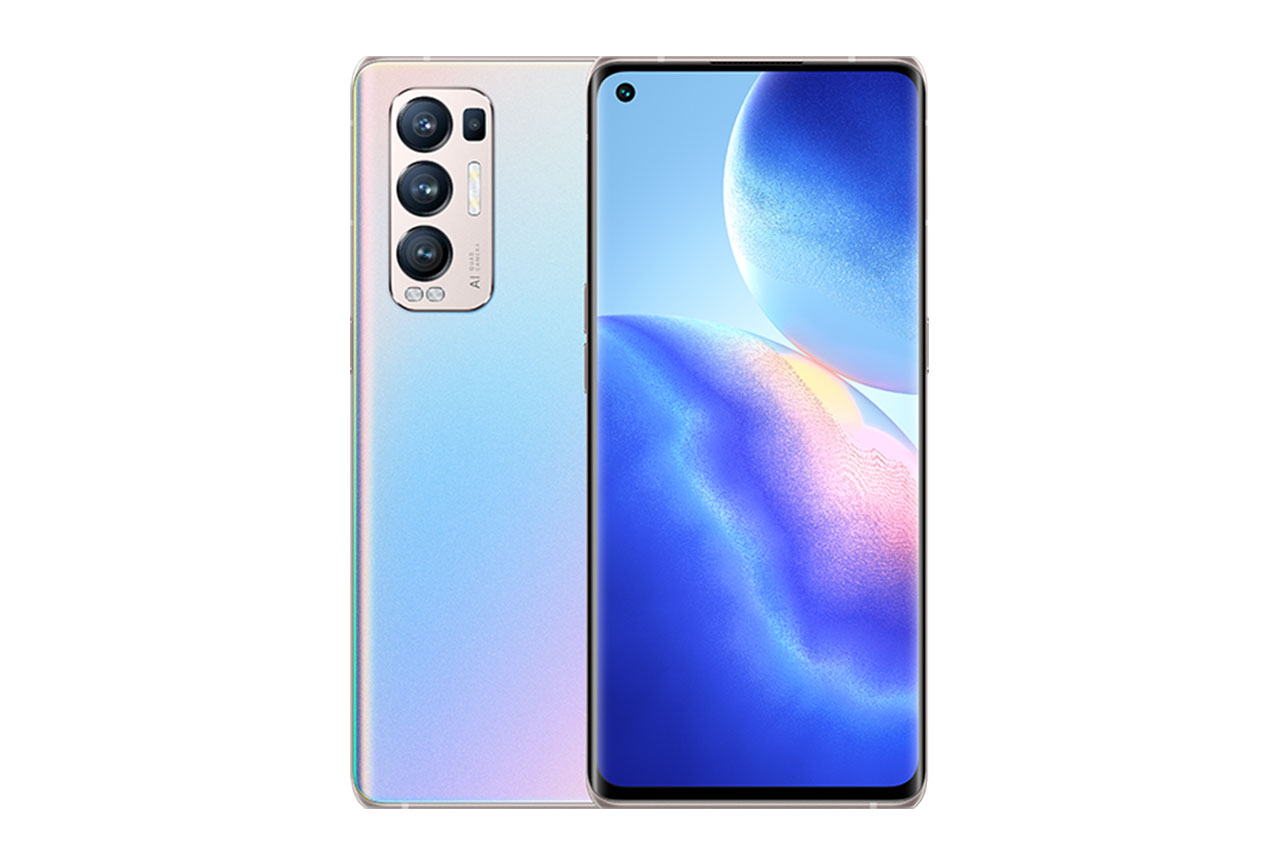
Oppo Find X3 Neo


Use cases & Conditions
Use case scores indicate the product performance in specific situations. They are not included in the overall score calculations.
Outdoor
Photos & videos shot in bright light conditions (≥1000 lux)
Indoor
Photos & videos shot in good lighting conditions (≥100lux)
Lowlight
Photos & videos shot in low lighting conditions (<100 lux)
Friends & Family
Portrait and group photo & videos
 150th
150th 35th
35thPros
- Stills color pleasant indoors and outdoors
- Wide stills dynamic range indoors and outdoors
- Fairly high stills detail
- Wide dynamic range in zoom shots
- Effective subject isolation in portrait mode
- Video exposure accurate and stable, even in low light
- Video detail is high
- Video white balance mostly stable, with smooth transitions
Cons
- Stills AF slow to react, limited depth of field
- Stills exposure is low, with clipped shadows in low light
- Stills artifacts: ringing, ghosting, hue shift near saturation
- High noise and color fringing in ultra-wide shots
- Limited resolution when zoomed in
- Video noise high in low light
- Stabilization ineffective when walking
- Strong ringing artifacts sometimes visible in videos
With an overall score of 115, the Oppo Find X3 Neo lands around the middle of our general rankings. It also sits mid-pack among other phones in the Premium segment, tying the Samsung S20 FE (Exynos), but landing below the class-leading Apple iPhone 12 (122).
Its Photo score of 117 is among the lower scores in the Premium segment, tying the Huawei P40 but fairly distant from the iPhone 12’s score of 132. The main camera produces accurately exposed photos with pleasant color in bright outdoor light and more moderate indoor lighting. Dynamic range is wide, and detail levels are high. The portrait mode also does a fairly good job of bringing the subject out of the background. On the other hand, when the lights get low, underexposure and crushed shadows become a problem. Autofocus speed could also be better for a phone in this segment.
The Zoom composite score of 68 is quite good for the Premium category. Tele performance is respectable, missing the Samsung Galaxy S20 FE (Exynos) by a single point and roundly trouncing most phones that lack a dedicated tele camera, like the iPhone 12 (41). Wide performance is good, tying the likes of the Xiaomi Mi 11 and the Google Pixel 5.
The video score of 103 is respectable, though a handful of phones in the category do better. The Oppo Find X3 Neo is fairly competitive within its category, and though it does not particularly excel in any one aspect (except perhaps zoom), it will deliver decent results in most situations.
Below you can find detailed analyses and image samples for all Photo, Zoom, and Video sub-attributes, along with comparisons with some of the Oppo Find X3 Neo’s competitors.
Photo
The Oppo Find X3 Neo achieves a Photo score of 117. In this section, we take a closer look at each sub-attribute and compare image quality against competitors.

Exposure and Contrast
Oppo Find X3 Neo
84
111
In these tests we analyze target exposure, contrast, and dynamic range, including repeatability across a series of images. Tests are undertaken in a wide range of light conditions, including backlit scenes and low light down to 1 lux. The score is derived from a number of objective measurements in the lab and perceptual analysis of real-life images.
These samples show the Oppo Find X3 Neo’s exposure performance in low-light conditions.

Color
Oppo Find X3 Neo
95
107
In these tests we analyze color rendering, skin tones, white balance, and color shading, including repeatability across a series of images. The score is derived from a number of objective measurements in the lab and perceptual analysis of real-life images.
These samples show the Oppo Find X3 Neo’s color performance in bright light.

Autofocus
Oppo Find X3 Neo
84
109
In these tests we analyze autofocus accuracy and shooting time, including repeatability, in the lab. We test focus failures, depth of field, and tracking of moving subjects using perceptual analysis of real-life images.
This graph shows autofocus performance of the Oppo Find X3 Neo in 1000 lux light.
In these tests we analyze texture on faces and objects, including objects in motion, in a range of light conditions, using several lab test setups and perceptual analysis of real-life images.
This graph shows the Oppo Find X3 Neo’s texture measurements in the lab.

Noise
Oppo Find X3 Neo
71
102
In these tests we analyze noise on faces and objects, including objects in motion, in a range of light conditions, using several lab test setups and perceptual analysis of real-life images.
These samples show the Oppo Find X3 Neo’s noise performance in indoor light.
For these tests we switch to the camera’s bokeh or portrait mode and analyze depth estimation, bokeh shape, blur gradient, and repeatability, as well as all other general image quality attributes mentioned above. The score is derived from perceptual analysis of real-life images.
These samples show the Oppo Find X3 Neo’s bokeh simulation outdoors.

Night
Oppo Find X3 Neo
39
82
In these tests we shoot a selection of images in pitch-black darkness as well as with city lights in the background providing some illumination. We shoot sample images with the camera at default settings in both flash-auto and flash-off modes. We analyze all image quality attributes but we pay particular attention to exposure, autofocus, and color. We do not test night modes that have to be activated manually.
These samples show the Oppo Find X3 Neo’s night performance in flash-auto mode.

Artifacts
Oppo Find X3 Neo
64
77
In these tests we check images for optical artifacts such as vignetting, flare, lens softness in the corner, distortion, and chromatic aberrations, as well as for processing artifacts such as ghosting and fusion errors, hue shift, and ringing.
This sample shows artifacts in the Oppo Find X3 Neo’s photos.

Preview
Oppo Find X3 Neo
54
80
In these tests we analyze the quality of the preview image and the differences between preview images and captured images, particularly in terms of exposure, dynamic range, and bokeh effect. We also check the smoothness of the field-of-view changes in the preview image when zooming with both buttons or when using the pinch-zoom gesture.
This graph shows the Oppo Find X3 Neo’s preview performance.
Zoom
The Oppo Find X3 Neo achieves a Zoom score of 68. The Zoom score includes the tele and wide sub-scores. In this section, we take a closer look at how these sub-scores were achieved and compare zoom image quality against competitors.

Wide
Oppo Find X3 Neo
38
58
In these tests we analyze the performance of the ultra-wide camera at several focal lengths from 12 to 20 mm. We look at all image quality attributes, but we pay particular attention to such artifacts as chromatic aberrations, lens softness, and distortion.
These samples show the performance of the Oppo Find X3 Neo’s ultra-wide camera in outdoor conditions.

Tele
Oppo Find X3 Neo
87
140
In these tests we analyze all image quality attributes at focal lengths from approximately 40 to 300 mm, paying particular attention to texture and detail. The score is derived from a number of objective measurements in the lab and perceptual analysis of real-life images.
These samples show the Oppo Find X3 Neo’s tele performance outdoors at a 50 mm-equivalent zoom setting.
Video
The Oppo Find X3 Neo achieves a Video score of 103. A device’s overall Video score is derived from its performance and results across a range of attributes in the same way as the Photo score. In this section, we take a closer look at these sub-scores and compare video quality against competitors.
In our Video tests we analyze the same image quality attributes as for still images, such as white balance and color rendering, but we also include such temporal aspects as speed, smoothness and stability of exposure, and autofocus.
NOTE: The sample video clips in this section are best viewed at 4K resolution.

Exposure and Contrast
Oppo Find X3 Neo
87
118
These video stills show the Oppo Find X3 Neo’s video exposure characteristics in low light compared to the competition.

Color
Oppo Find X3 Neo
92
107
These video stills show the Oppo Find X3 Neo’s video color in outdoor light compared to the competition.

Autofocus
Oppo Find X3 Neo
90
109
These sample clips show the Oppo Find X3 Neo’s video autofocus performance.

Texture
Oppo Find X3 Neo
94
99
This graph shows the Oppo Find X3 Neo’s video texture performance in the lab.

Noise
Oppo Find X3 Neo
71
105
This graph shows the Oppo Find X3 Neo’s video noise performance in the lab.

Artifacts
Oppo Find X3 Neo
74
85
For video artifacts, we check for the same kinds of artifacts mentioned in the Photo section, along with such video-specific artifacts as frame rate variation in different light conditions, judder effect, and moving artifacts (artifacts such as aliasing, color quantization, and flare can often be more intrusive when moving than in a still image).
These video stills show some of the Oppo Find X3 Neo’s video artifacts.

Stabilization
Oppo Find X3 Neo
91
103
In these tests we analyze residual motion when handholding the camera during recording, as well as when walking and running with the camera. We also look for stabilization artifacts such as jello effect, sharpness differences between frames, and frame shift (abrupt changes of framing).
These sample clips show the Oppo Find X3 Neo’s video stabilization compared to the competition.


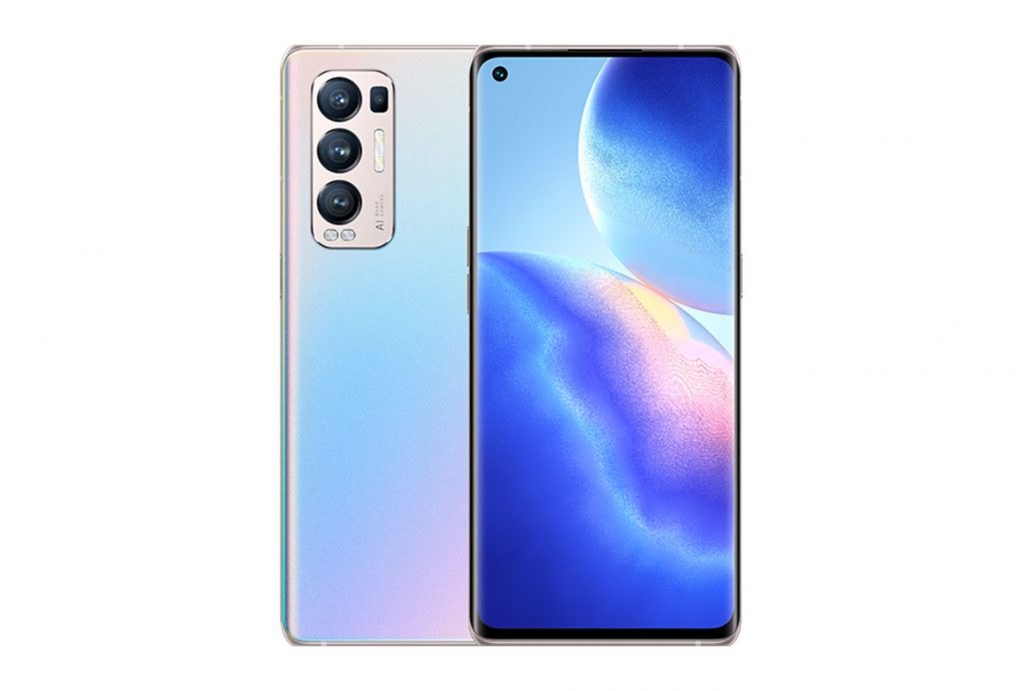



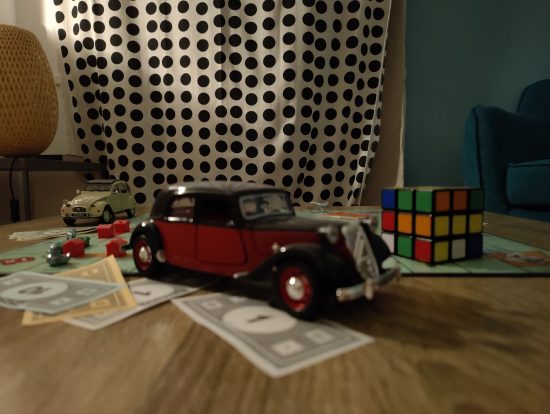
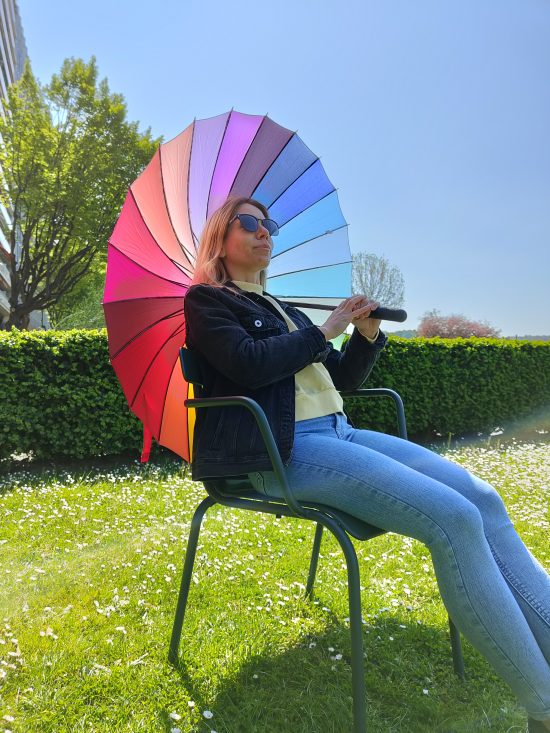
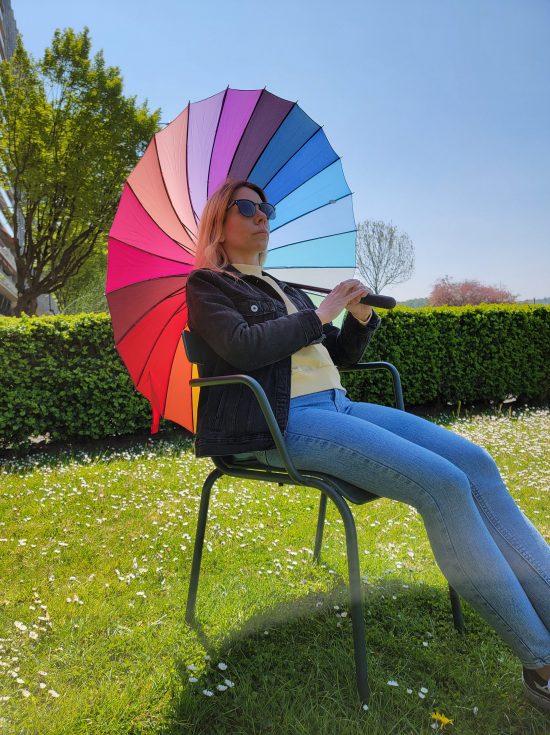
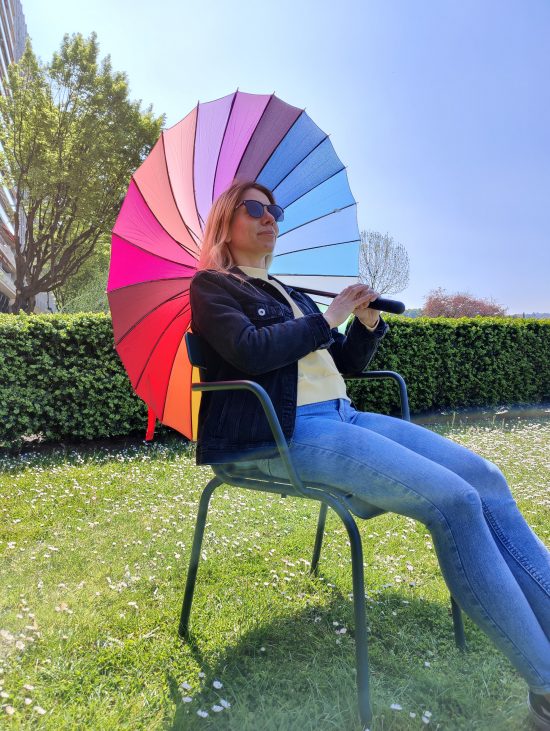
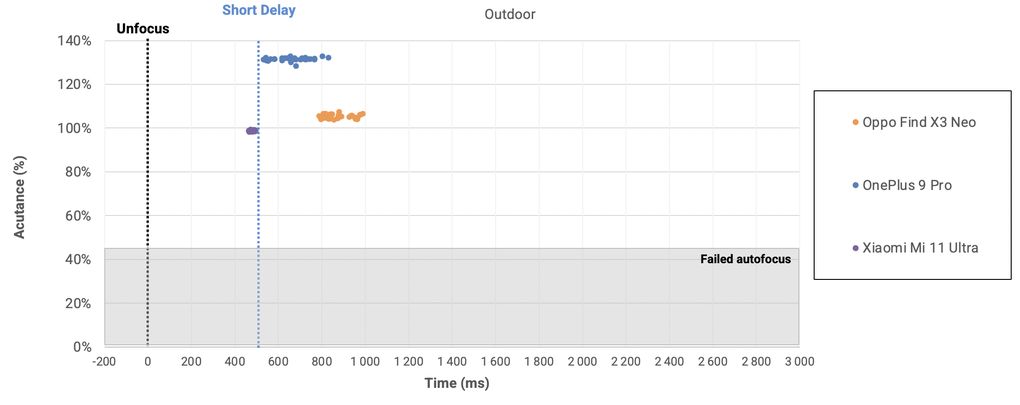
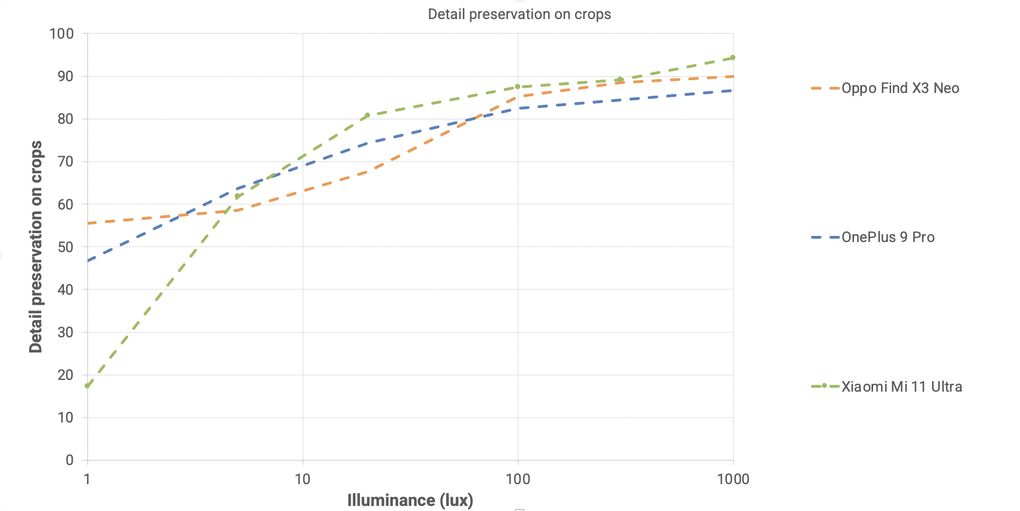




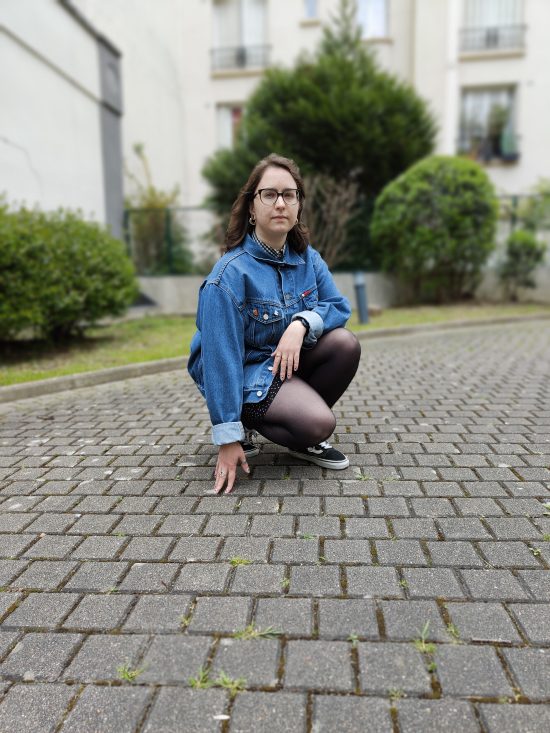
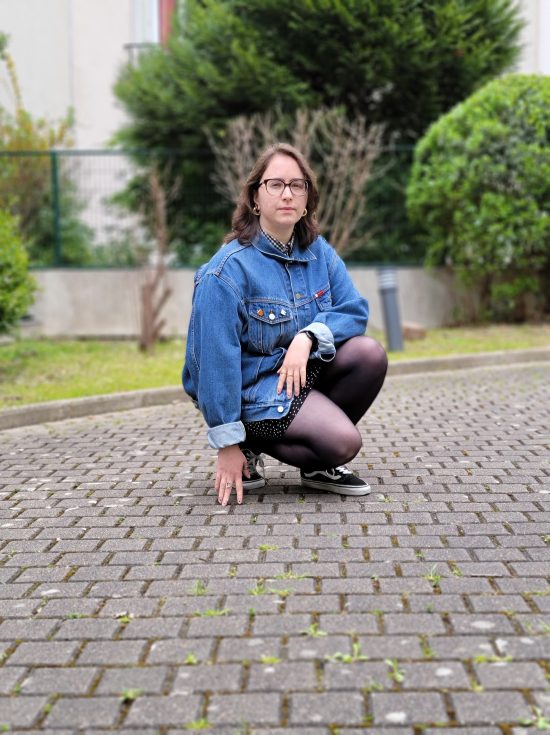

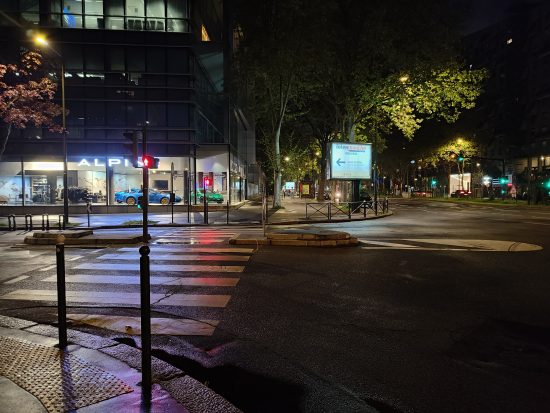
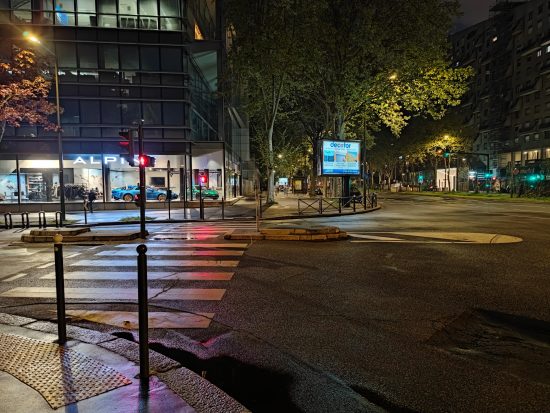
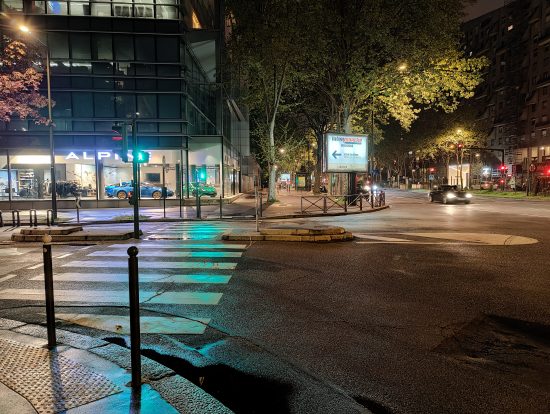





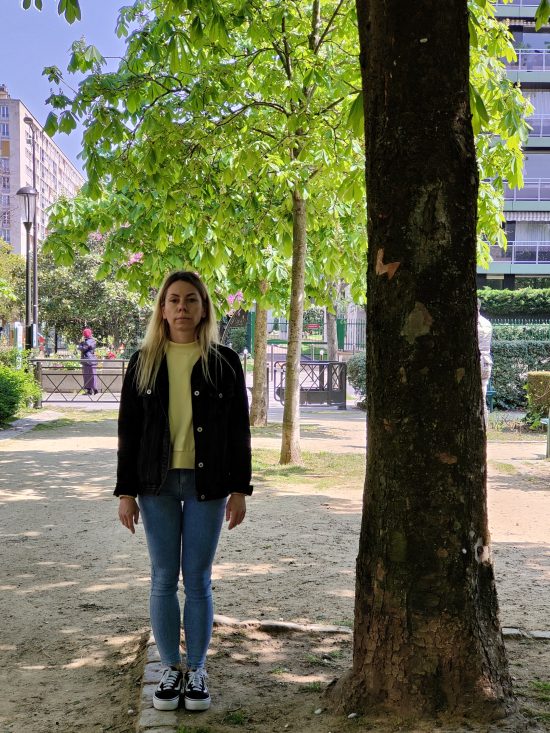
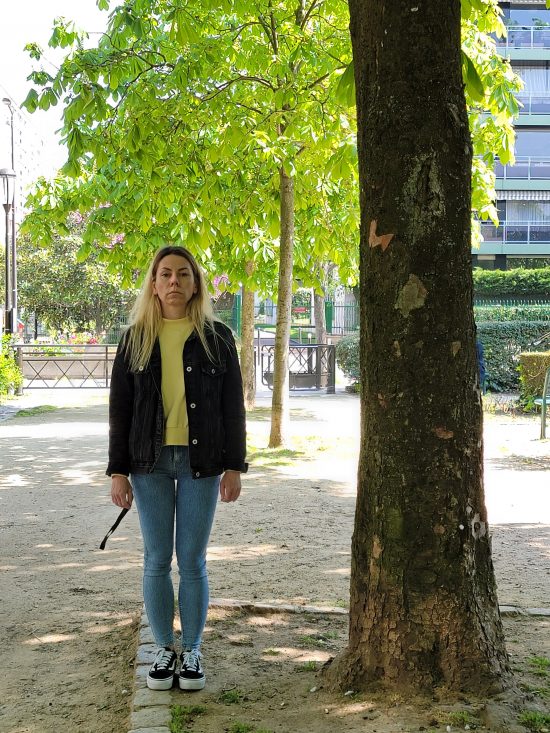
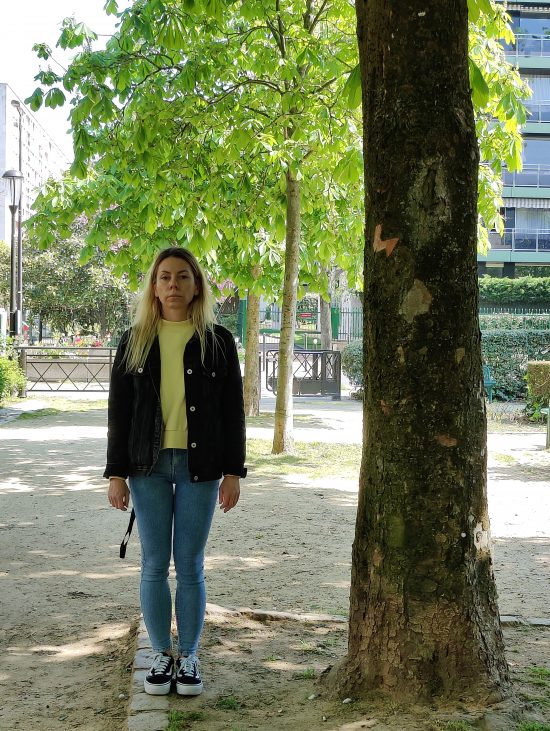






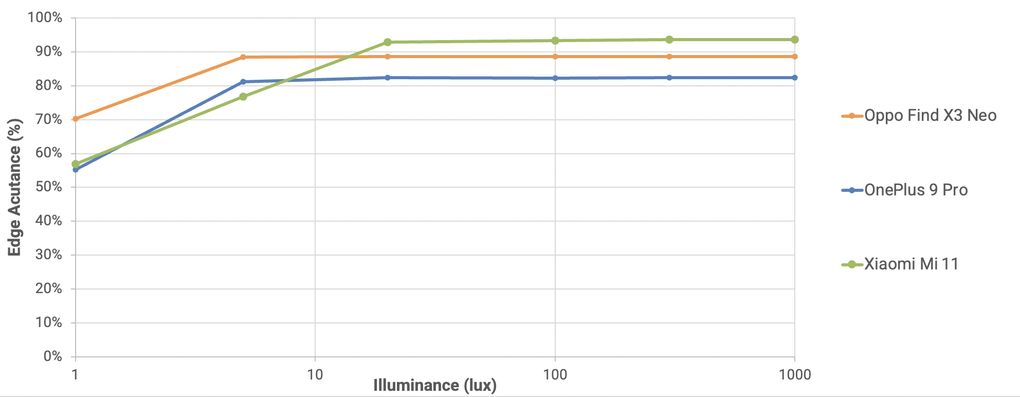
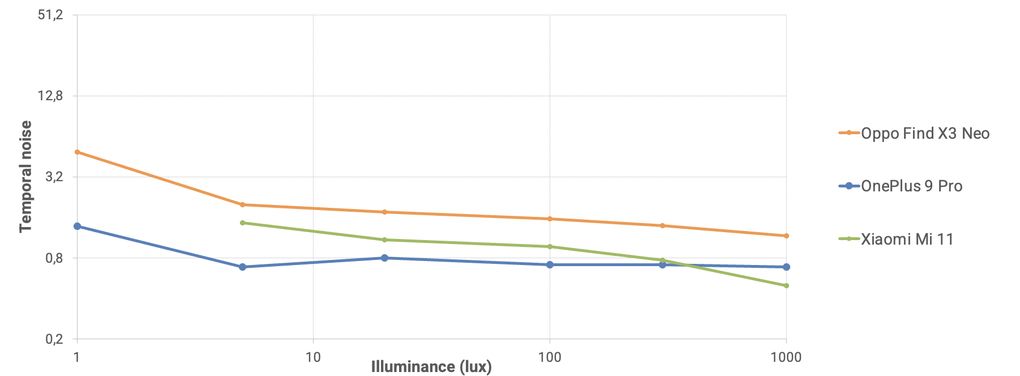
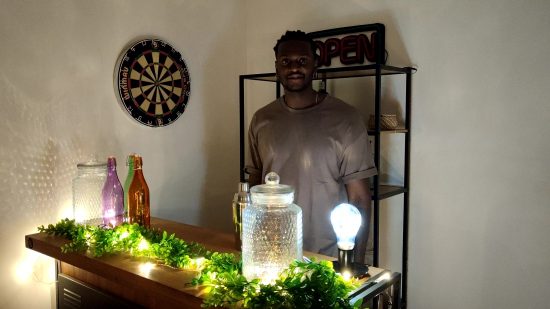
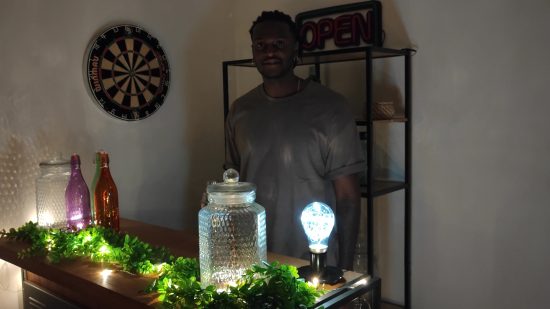

DXOMARK encourages its readers to share comments on the articles. To read or post comments, Disqus cookies are required. Change your Cookies Preferences and read more about our Comment Policy.